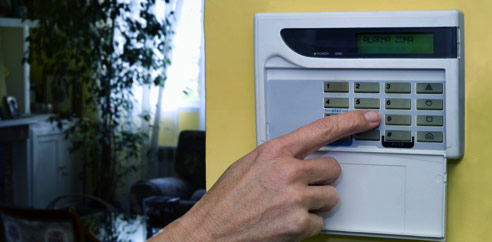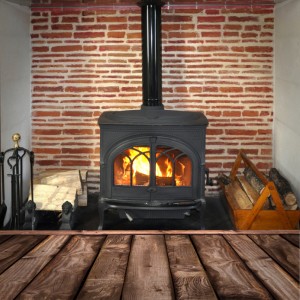Tips to Prevent Carbon Monoxide Poisoning during the Cold New England Winter
 Often called the “silent killer,” carbon monoxide is a colorless, odorless gas that can be fatal in high concentrations. Every year, more than 400 people in the United States die from accidental non-fire related CO poisoning, according to the Centers for Disease Control and Prevention.
Often called the “silent killer,” carbon monoxide is a colorless, odorless gas that can be fatal in high concentrations. Every year, more than 400 people in the United States die from accidental non-fire related CO poisoning, according to the Centers for Disease Control and Prevention.
Carbon monoxide is a byproduct of burning oil, gas, wood, coal, pellets and kerosene. The only way to tell that carbon monoxide is present is to have a working CO alarm. At lower concentrations, victims may experience such symptoms as a headache, dizziness, weakness, nausea, vomiting, chest pain and confusion.


















 On January 9th, a 16-year-old Nassau County, Florida
On January 9th, a 16-year-old Nassau County, Florida